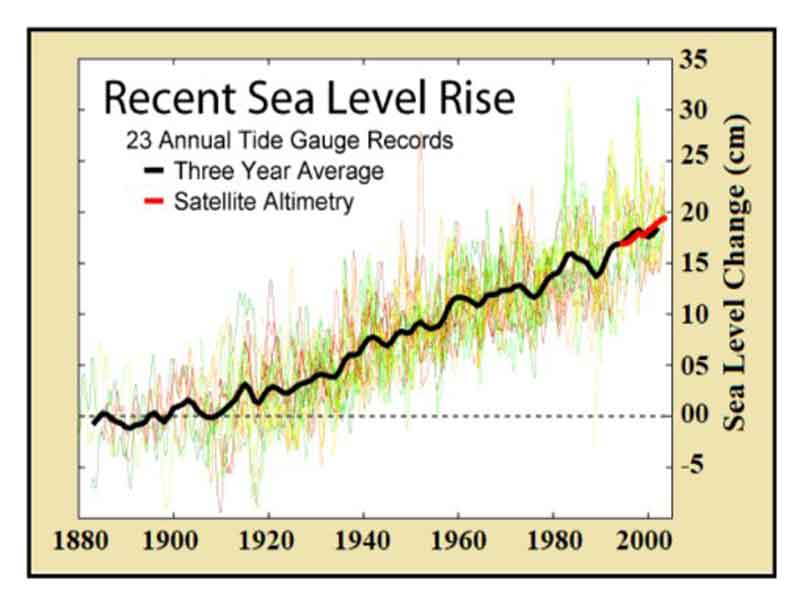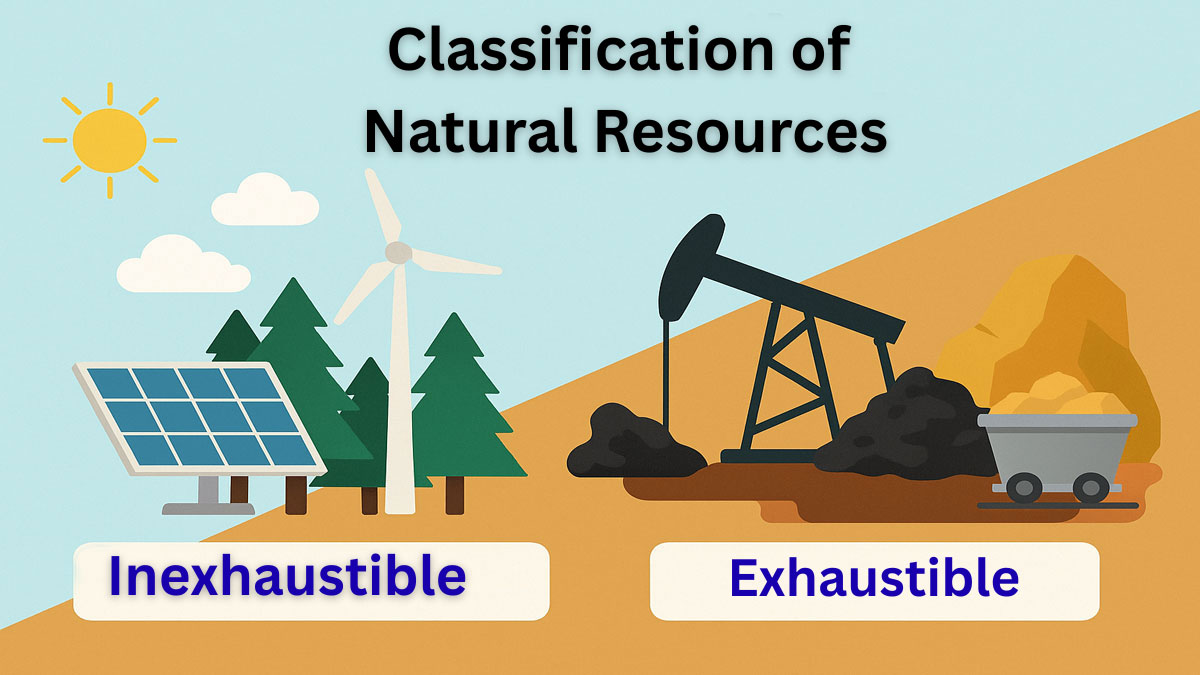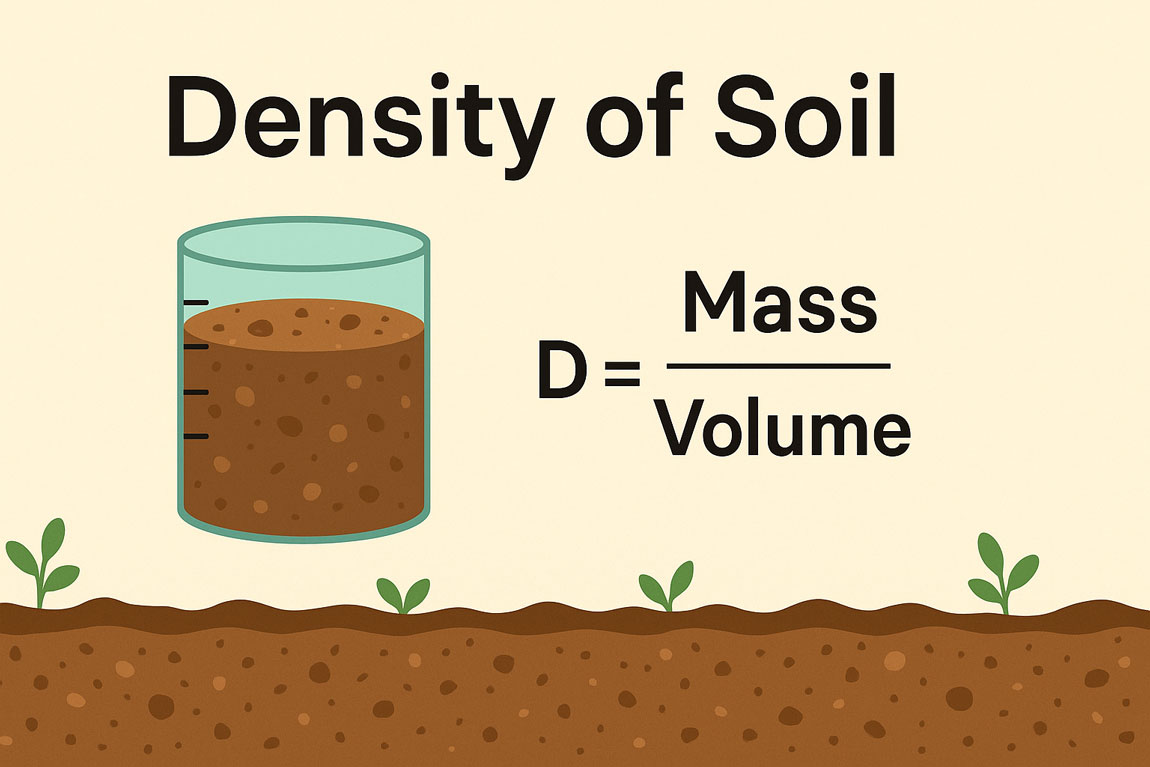There are some gases that absorb infrared radiation (IR) from the sun and radiate heat in all directions. These gases are called greenhouse gases. Greenhouse gases in the Earth’s atmosphere absorb IR from the sun and release it.
The Greenhouse Effect:
Both solar heat and radiated heat are absorbed by the Earth, and some is released. This released heat is reabsorbed by greenhouse gases to perpetuate the cycle. The more greenhouse gases in the atmosphere, the more heat gets trapped, and consequently, the Earth warms up.
This increase in heat is called the greenhouse effect. It is just like the glass walls of a greenhouse. Common examples of greenhouse gases in order of abundance are: water vapor, carbon dioxide, methane, nitrous oxide, ozone, and any fluorocarbons. Despite being the most abundant greenhouse gas, water vapor is relatively ineffective.
Few of the greenhouse gases are needed in the atmosphere. However, their excessive abundance imbalance the natural ecosystem and consequently, the living beings on the earth will be under threat.
Discovery of the Greenhouse Effect:
Scientists have known about the greenhouse effect since 1824, when Joseph Fourier pointed out that the Earth would have been much colder (about 60 degrees Fahrenheit cooler) if it had no atmosphere. The greenhouse effect keeps the Earth’s climate livable.
In 1895, the Swedish chemist Svante Arrhenius discovered that human beings could enhance the greenhouse effect by releasing carbon dioxide. Hence, Arrhenius kicked off the climate research that has given us a sophisticated understanding of global warming.
Historical Stability and Recent Changes:
Although the abundance of greenhouse gases (GHGs) in the atmosphere has fluctuated over the Earth’s history, they have remained relatively constant for the past few thousand years. Therefore, the average global temperature has stayed stable until recently.
Burning of fossil fuel, deforestation, industrialization, etc., are the main causes of the increase in the concentration of greenhouse gases in the atmosphere. All the indicators of sea level changes point to the present sea level rising (Fig.1).

Fig. 1: Sea level rise from direct measurements for 120 years. Source: Image created by Robert A. Rohde.
Influence on Sea Level Rise:
Most scientists agree that the ‘greenhouse effect’ causes the rise in the sea level. The altimeter measurements from 1993 to 2003 show that the Mean Sea Level is rising by 3.1 + 0.7 mm/year.
It is suspected that global warming due to the greenhouse effect causes the melting of mountain glaciers and permafrost, polar ice caps in Greenland, and Antarctica.






